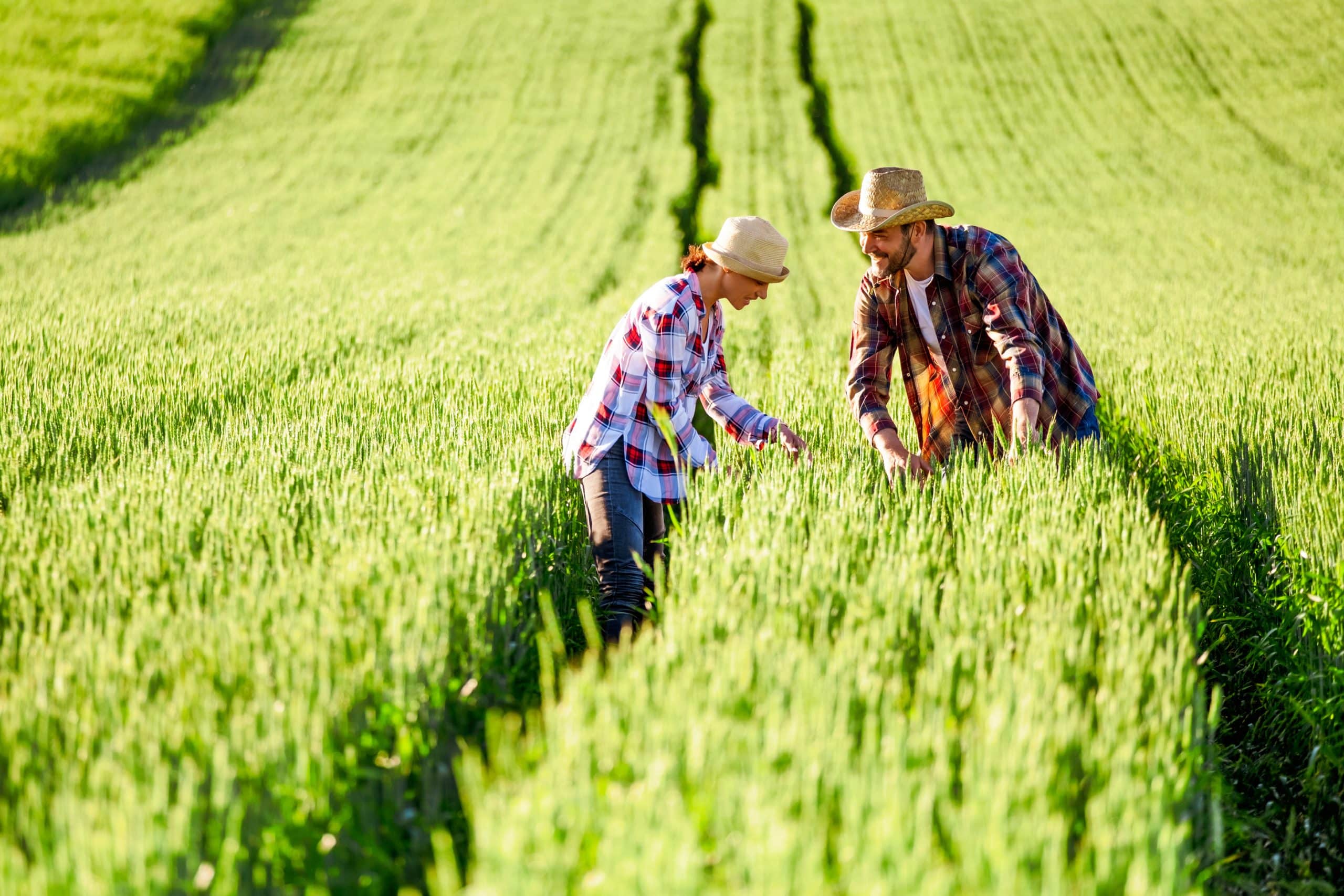How Do Indoor Vertical Farms Contribute to Urban Food Security and Public Health?

In recent years, vertical farming has emerged as a feasible solution to the growing demand for fresh, quality produce in urban areas. This novel approach to food production strategically combines technology with agriculture to create a sustainable system that requires minimal land, uses less water, and produces high-quality crops. With the increasing threat of climate change and the escalating global population, vertical farming provides a promising solution to food security and public health concerns.
The Concept of Indoor Vertical Farming
Indoor vertical farming is a revolutionary approach to growing crops that drastically minimizes land usage. Unlike traditional farming methods that utilize large areas of land, vertical farms stack crops in a controlled indoor environment, thus using space more efficiently. This innovative system can be used in various urban settings, from converted warehouses to high-rise buildings, making it a versatile solution for urban agriculture.
Topic to read : Can Participating in Digital Detox Camps Improve Cognitive Function and Focus?
By leveraging technology such as artificial lighting, automatic climate controls, and hydroponic systems, indoor vertical farms can grow crops year-round, irrespective of outdoor weather conditions. It’s an innovative method that optimizes resources, eliminates the need for soil, minimizes water usage, and reduces the dependence on harmful pesticides and fertilizers, thus contributing positively to public health.
Indoor Vertical Farming: A Water-Saving Solution
One significant advantage of indoor vertical farming is its efficacy in water conservation. Traditional farming methods typically require large amounts of water, a resource that is swiftly becoming scarce in many regions. Vertical farms, on the other hand, utilize hydroponic systems that circulate water efficiently, reducing water usage by up to 95%.
This might interest you : What Is the Impact of High-Intensity Functional Training on Postpartum Recovery?
The hydroponic system employed in vertical farming ensures plants receive the precise amount of water and nutrients they need, reducing wastage. This system also eliminates the need for soil, which can often be a source of waterborne diseases, thus promoting cleaner, healthier produce.
Energy and Indoor Vertical Farming
While it is true that vertical farming systems rely heavily on the use of artificial light and climate control systems, advancements in technology have allowed for more energy-efficient solutions. LED lighting, for example, is one of the most effective and sustainable lighting options for indoor farming. It not only consumes less energy but also emits a spectrum of light that can be tailored to the specific needs of the crops being grown.
Moreover, with the rise of renewable energy sources, such as solar and wind power, the energy required to power these indoor farms can be sustainably sourced. This reduction in energy use contributes to lower carbon emissions, contributing to environmental sustainability while also improving urban food production.
Enhancing Food Security with Vertical Farming
With the global population on the rise and urban areas becoming increasingly crowded, food security has become a pressing issue. Indoor vertical farming offers a viable solution to this problem by enabling high yield crop production in urban areas. This not only reduces the distance food travels from farm to plate, thus ensuring fresher produce, but also allows for year-round production of a variety of crops.
Furthermore, the controlled environment of vertical farms ensures consistent, reliable production of high-quality crops, irrespective of climate changes or weather disturbances. This gives urban areas a dependable source of fresh produce, enhancing food security and promoting healthier diets.
Public Health and Indoor Vertical Farming
Beyond the direct benefits of providing fresh produce, indoor vertical farming also has significant implications for public health. By reducing the use of harmful pesticides and fertilizers, vertical farming contributes to cleaner air, water, and soil. These environmental benefits translate to better public health, as communities have access to cleaner resources.
Moreover, by making fresh, nutrient-rich produce more accessible in urban areas, vertical farming contributes to healthier diets and improved nutrition. The promotion of healthier food choices has the potential to impact obesity rates and other diet-related health issues positively.
From a holistic perspective, indoor vertical farming is a testament to the power of innovation and sustainability. Its ability to address food security and contribute to public health underlines its potential as a frontrunner in the future of urban agriculture. Utilizing vertical farming technologies can act as a stepping stone towards building greener, healthier cities worldwide.
The Role of Vertical Farming in Reducing Climate Change Impacts
Undoubtedly, climate change poses severe threats to global food security, primarily by disrupting traditional farming methods. The unpredictable weather patterns, heatwaves, floods, and droughts associated with climate change can lead to crop failures, exacerbating food insecurity. This is where indoor vertical farming can play a crucial role.
Vertical farms, with their controlled indoor environment, can withstand the adverse impacts of climate change. Irrespective of the external weather, vertical farms can offer year-round food production, providing a constant supply of fresh produce. This is a significant advantage over traditional farming, which is seasonal and heavily reliant on favorable weather conditions.
Furthermore, vertical farming can reduce the agriculture sector’s contribution to climate change. Traditional farming methods are known to contribute substantially to greenhouse gas emissions. However, vertical farms can minimize this impact. They require less land, thereby reducing deforestation and habitat destruction. Their efficient use of water and elimination of harmful pesticides and fertilizers also decrease pollution, benefiting both the environment and public health.
By transitioning from traditional farming to vertical agriculture, we can mitigate the impacts of climate change on our food system and build resilience to future climate threats. Vertical farming is not just a means to ensure food security; it is also a strategy to combat climate change and its repercussions.
Conclusion: The Transformative Power of Indoor Vertical Farming
As we grapple with the challenges of population growth, urbanization, climate change, and food insecurity, indoor vertical farming presents a promising solution. By offering a sustainable and efficient method of food production, vertical farming can revolutionize our food system, making it more resilient, robust, and responsive to global changes.
This innovative approach to agriculture has the potential to transform urban spaces into productive farmlands, providing fresh, nutritious, and local produce year-round. By reducing the farm-to-plate journey, indoor vertical farming ensures that urban dwellers have access to quality food, contributing significantly to urban food security and public health.
Furthermore, by reducing the reliance on harmful chemicals and conserving precious resources like land and water, vertical farming is a leap towards a more sustainable future. It supports the three pillars of sustainability – economic, social, and environmental, thereby contributing to healthier cities and a healthier planet.
In conclusion, indoor vertical farming is not just a trend or a niche segment of agriculture. It is a powerful tool that can help us tackle some of the major challenges of our time – food insecurity, public health issues, and climate change. As we continue to innovate and refine this technology, vertical farming can indeed become a cornerstone of global food systems in the future.
